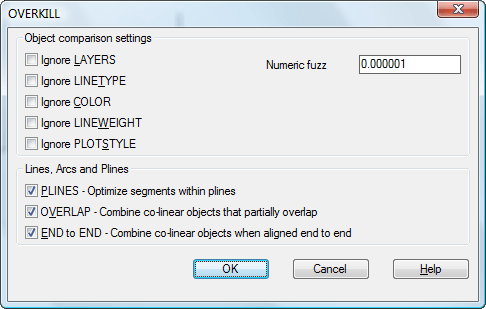
- How did autodesk map 2004 stitch files together full#
- How did autodesk map 2004 stitch files together license#
How did autodesk map 2004 stitch files together license#
We export PCD inserts to world wide countries, such as USA united states, Germany, UK united kingdom, Italy, France, Turkey, Russia, Saudi Arabia, United Arab Emirates, Ukraine, Israel, Canada, South Africa, South Korea, Japan, Australia, New Zealand, Finland, Sweden, Norway, Danmark, Switzerland, Poland, Czech,Ireland, Holand, Belgium, Greece, Croatia, Spain, Portugal, Egypt, India, Philippines, Cambodia, Thailand, Malaysia, Singapore, Indonesia, Mexico, Brazil, Colombia, Chile, Argentina etc.These additional terms supplement and are part of the (a) License and Services Agreements (“LSA”) for 2015 versions of products or later and (b) the Terms of Use, and such License and Services Agreements and Terms of Use each hereby incorporate these additional terms by reference. It also ensures a tight clamping which is ideal for the high precision machining applications. Pcd adds to the toughness of the tool and makes it more durable and sturdy, and helps to improve the surface quality and reduce the scrap rates. It has a superior processing precision and with all these qualities and benefits, these inserts are grabbing a great position in market place worldwide. They are also available in affordable prices and thus industries do not have to spend a lot over these inserts.

It also has a high wear resistant power with a long service life. It provides the best performance and offer hardness too.

These tipped inserts are made of pure polycrystalline diamond and cannot be destroyed. These are thus widely used all over for machining hard metals like aluminum alloy, copper, zinc and tungsten carbide. In this situation it can perform superbly and it can also be used to increase self-done hot cuttings. When these inserts cut the hard metal for machining it produce an extreme temperature. So, they are pretty much durable and can last for a long time. They are also highly resistant to any chemical attacks. It can easily cut the hard metals quite easily. There are a lot of benefits of these inserts.

How did autodesk map 2004 stitch files together full#
Advantage of tipped pcd inserts over full faced pcd inserts is the lower cost, tipped insert is one use only economical type, it requires a carrier like tungsten carbide base as substrate for the insert, and substrate have a pocket that will accommodate and support the tip, the working tips are brazed to tungsten carbide base, 1~4 tips depends on different insert shapes, this braze joint of tipped pcd inserts represents the weak link not so good as full face pcd inserts, the maximum cutting depth is not more than 80% of the tip length. These are better and cheaper than that of the full top surface pcd inserts and also offer a better surface finishing. These are highly beneficial and have different characteristics and advantages. These inserts are manufactured especially for different types of technologies and other advanced material processes. The tipped inserts are mainly used for the turning and milling non-ferrous hard metals and also the most conventional option for machining. As pcd is a polycrystalline form of diamond, so the cutting temperature is limited and could not exceed 700℃, also the work material has no affinity with carbon, advantages of lower cost and higher productivity make pcd inserts with tipped pcd cutting edges are widely used for machining non ferrous metals of tungsten carbide, aluminum, copper, zinc and non metals material of plastic, rubber, wood, ceramics. Compared with grinding, both technical and economic benefits can be achieved by pcd inserts turning and milling, performance of tipped pcd inserts are significantly better than that attainable with conventional tool materials. Tipped pcd inserts could be used for fine to super fine precision machining, continous to interrupted machining, to obtain a good surface finish. Home > Tipped PCD insert > PCD insert shape C


 0 kommentar(er)
0 kommentar(er)
